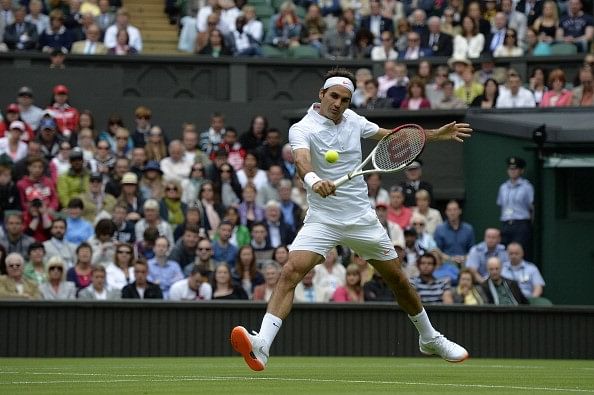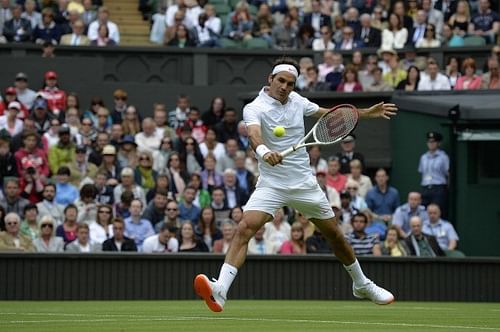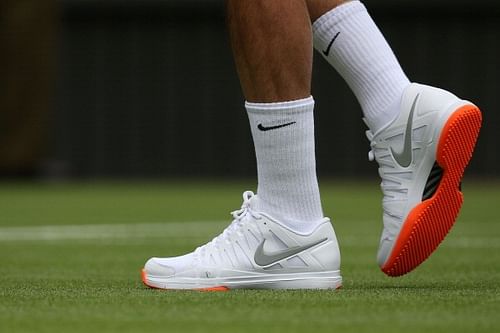
Why were Roger Federer's shoes banned during the 2013 Wimbledon?
Roger Federer’s shoes were banned during the 2013 Wimbledon Grand Slam on the grounds that his Nike trainer shoes sported a lot of orange colours, which was in contradiction to the unique all-white rule of Wimbledon.
According to the rule, all players at Wimbledon must be dressed almost entirely in white, even during the warm-up period. They are allowed to sport a few colours sparingly, but that is primarily in the parts of the kit where the sponsors are showcased.
Although the orange on the sole of his shoes was only visible during serves, the player was asked by the All England Club to change them for the following rounds. He didn’t have to pay any fine though, as the club maintained that they expected players to abide by the rules without them being strictly enforced.
The Controversy
An iconic player of his generation and one of the most successful ones in the history of the sport, Roger Federer fell into the hands of the fashion police at Wimbledon.
While Federer wasn’t the only one using a tinge of non-white colours in his apparel and footwear, the bright orange on the sole of his shoes was apparently a little too much for the officials at the Grand Slam.
The news came as a shock to many Swiss nationals, who were rather taken aback and requested for an explanation by the All England Club, where Federer was also a member.
Many of his supporters and teammates were worried that the change of shoes might affect his form in the tournament, as the Nike trainers were specially designed to counter the slippery grass courts, where players are often seen dropping like flies.
The former World Number 1 is said to be a perfectionist even when it comes to his style statement and had worked with Nike to design his outfit, with orange in his shoes said to match the colour on his jacket.
Nike enjoyed the exclusive rights, priced at £6.5 million, to design a special outfit for the seven-time Wimbledon winner and had boasted before the tournament that Roger Federer’s Wimbledon kit would surely make a style statement.
As a part of the kit, Federer’s warm-up jacket also sported orange stripes along with the RF logo.
Speculation following the ban
As soon as the ban was issued, many began to wonder if the ban was an intentional one, speculating it to be a marketing gimmick by Nike and a smart money move. These thoughts would get stronger after Nike tweeted this on their Twitter account.
One Match Wonder. pic.twitter.com/rbDBu8SWil
— NikeCourt (@Nikecourt) June 26, 2013
Being a sporting goods manufacturer, imagine having your brand’s name being thrown around as a part of a controversy involving one of the best in business - Roger Federer. What better way to rocket the sales of your product?
And rocket they did.
Within a few hours of the controversy hitting the newsstands, Nike sold out the Zoom Vapor 9 shoes on its online store.
Although it was good to see that Federer, a revered member of the All England Club, wasn’t subjected to any exception from the rules of the tournament, the treatment of Serena Williams in a similar matter didn’t go unnoticed by many.
Many had criticised the All England Club for being partial towards Serena Williams’ choice of footwear, which was custom made sporting a similar hint of orange. Despite some publications carrying reports of a notice to Serena, the club denied any reports of having asked the player to change her shoes in the following rounds.
Federer lost his match to Sergiy Stakhovsky in the second round of the tournament, ending his streak of entering 36 consecutive quarterfinals at major competitions.

